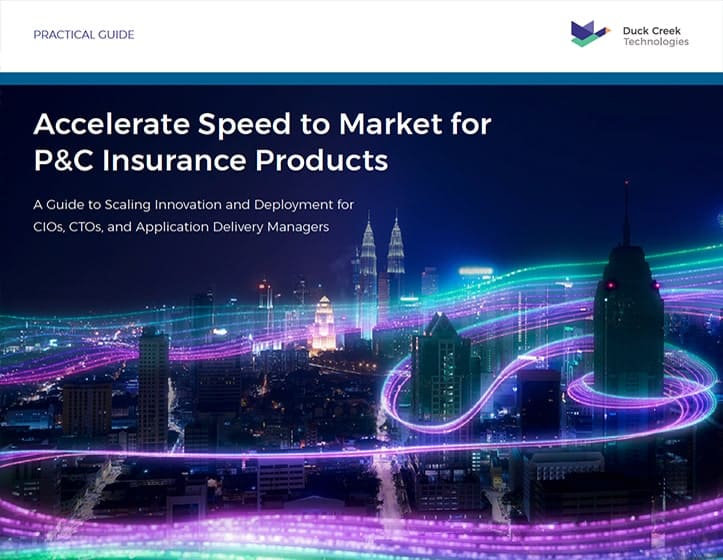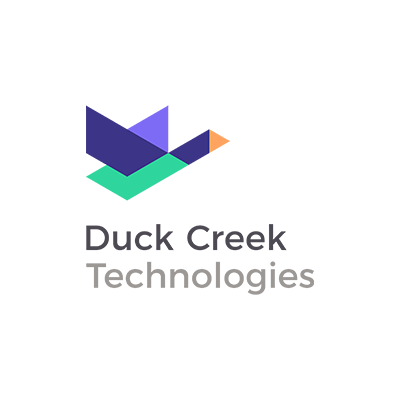The ground beneath the Property & Casualty (P&C) insurance industry is shifting. Catastrophe events (CATs) driven by climate change are increasing in frequency and severity, turning what were once “black swan” events into regular occurrences. To survive and thrive, the future is not just about just risk management; it is about resilience, sustainable profitability, and remaining a reliable partner to policyholders when they need it most.
In the face of these CAT events, traditional manual methods and automation are stretched to capacity, unable to handle the complexity in this new era of dynamically evolving risk. That’s where agentic AI comes in.
This blog explores how agentic AI improves the CAT modeling process, helping carriers prepare for and respond to events for better loss prevention and customer assistance.
Traditional P&C CAT Response Methods Hit Their Limits Fast
For years, P&C carriers have relied on manual predictive models and simulations to assess risk and forecast potential losses. This requires highly skilled experts, meticulous judgement, and application. This also requires painstaking data gathering, cleansing, validation, manual data entry, and adjustments for numerous iterations.
During a CAT event, these traditional manual methods quickly become overwhelming. As the situation escalates, their limitations become even more apparent:
- Static and slow, predictions are typically built on historical data and struggle to incorporate real-time information fast enough as a crisis unfolds.
- Lack of autonomy means they might predict what might happen, but they do not act on those predictions or adjust their strategy without human intervention.
- Limited data integration means manually pulling in and synthesizing diverse, real-time data streams. While information is changing and customers are waiting.
According to Aon’s 2024 Climate and Catastrophe Insight Report, global natural disaster economic losses in 2024 were approximately US$380 billion, with the insured portion reaching US$118 billion. With two-thirds of losses left uncovered or underinsured, the industry faces a growing need for faster, smarter, and more scalable capabilities to assess risk more dynamically and build long-term resilience.
What “Beyond Basic Prediction” Means for P&C CAT Events
Where traditional predictive models, constrained by their manual inputs and static nature, hit their limits, agentic AI augments, enhances, and supports carriers. Instead of human resources keying in data, agentic AI autonomously seeks out, integrates, and interprets internal and external datasets. These AI agents autonomously reason, plan, and dynamically adjust their risk assessments as new information emerges. This means they identify nuanced patterns and emerging risks that manual models would miss, or that would simply take too long to process.
Bottom line, an agentic AI system evolves predictive modeling from a manual, reactive exercise to a dynamic, proactive learning system. Based on this, AI Agents deliver sophisticated judgements and actions to mitigate risk in real-time.
In the context of CAT events, an agentic AI system possesses:
- Autonomy: It acts independently based on learned objectives without waiting for human prompts.
- Adaptation: It dynamically adjusts its predictions, resource allocation, and communication as new information floods in.
- Data Fusion: It ingests and synthesizes vast, disparate data streams, translating them into actional insights.
- Proactive: It shifts carriers from simply reacting to actively participating in and influencing the response cycle from its earliest stages.
- Specialized Purpose: It establishes a series of specialized agents, that act as unique, and highly focused “digital employees” within specific processes or workflows.
- Human Oversight: Ensures agentic AI’s autonomous actions are continuously refined by human judgment, nuanced understanding of complex scenarios, and critical ethical oversight.
Agentic AI In Context: Accelerating P&C Response to CAT Events
Imagine a major hurricane brewing, a widespread cyberattack unfolding, or a geopolitical conflict escalating – events that could trigger hundreds of thousands of claims or fundamentally shift risk profiles across vast portfolios.
When it comes to CAT events, it is not just about crunching the numbers; it is about fast, intelligent risk mitigation that helps people and protects the bottom line. It is these imperatives, balancing human well-being with financial protection, that agentic AI is uniquely poised to autonomously execute.
In this sense, the practical applications of agentic AI for P&C carriers are transformative. By acting earlier, agentic AI redefines how carriers respond to high-stakes events:
- Rapid, Granular Impact Assessment: Minutes matter when a disaster strikes. As a hurricane makes landfall, agentic AI autonomously monitors conditions and synthesizes data. It identifies properties within the highest impact zone and predicts potential damage before even the first claim comes in.
- Intelligent Claims Triage: A wave of hail damage claims comes in. An AI agent integrates and analyzes data streams, flags properties with severe damage, and prioritizes adjuster dispatch while routing minor claims for digital settlement.
- Dynamic Resources & Logistics: Large-scale wildfires, exacerbated by climate change, are creating unprecedented challenges. Agentic AI analyzes conditions and automatically adjusts and prioritizes dispatch routes. It also helps carriers coordinate with service vendors, repair shops, and other suppliers in their network to coordinate response plans.
- Fraud Detection & Prevention: Catastrophic events unfortunately lead to spikes in fraudulent claims. Agentic AI autonomously identifies patterns, cross-references historical fraud patterns, and validates and flags for human investigation, even amidst a massive surge. It also validates the extent of property damage using real-time imagery.
- Personalized Customer Experience: During a stressful event, timely and accurate communication means the world to customers. As a storm approaches, agentic AI sends alerts and advice on preparation. After the event, it automatically updates individuals on their claim status and the next steps, reducing call volume.
Implementing Agentic AI: What P&C Carriers Need to Consider
Agentic AI is not just another technological upgrade for P&C insurance carriers; it is a strategic business lever that redefines operating models, shifts competitive positions, and unlocks new avenues for growth and profitability. It is also a high stakes project that requires a strategic, well-considered approach that mitigates risk, ensures ethical employment, and maximizes ROI.
As you delve deeper into agentic AI’s immense CAT response potential, consider these critical factors:
- High-Impact, Manageable Cases: Do not try to automate your entire process on day one. Build expertise, demonstrate ROI, and gain buy-in before tackling more complex, transformative projects.
- Robust Data Strategy: Agentic AI needs data to live and thrive. Before it can autonomously reason and act, it needs access to clean, integrated and well-structured data.
- Regulatory & Trust Imperative: Unlike simple automation, agentic AI makes decisions. Robust logging, transparent decision flows, and human oversight mechanisms are critical for complex decisions.
- Change Management: People fear losing their jobs to AI. Successful adoption requires clear communication, cultural shifts, and an empowered workforce.
- AI Governance Framework: As agents gain more autonomy, the ethical and legal implications grow. Proactive governance mitigates risks related to unfair outcomes, data breaches, and non-compliance.
- Partner Strategically: The agentic AI landscape is evolving as rapidly as insurance regulations. Leveraging expertise and established platforms accelerate time-to-value and reduce implementation hurdles. This is not just about finding a tech vendor. It’s about finding an industry ally capable of navigating the complexities of autonomous systems within a highly regulated industry on an extensible platform that grows with you and technology.
Conclusion
Agentic AI represents a pivotal evolution for P&C carriers. Not only does it identify, predict, and think; it does, act, and execute. By harnessing the power of autonomous, self-learning AI Agents, insurers can gain unprecedented speed and precision in disaster management, leading to reduced losses and a superior, more empathetic experience for policy holders when they need it most.
Agentic AI for P&C: Duck Creek Intelligence, Powered by Microsoft





